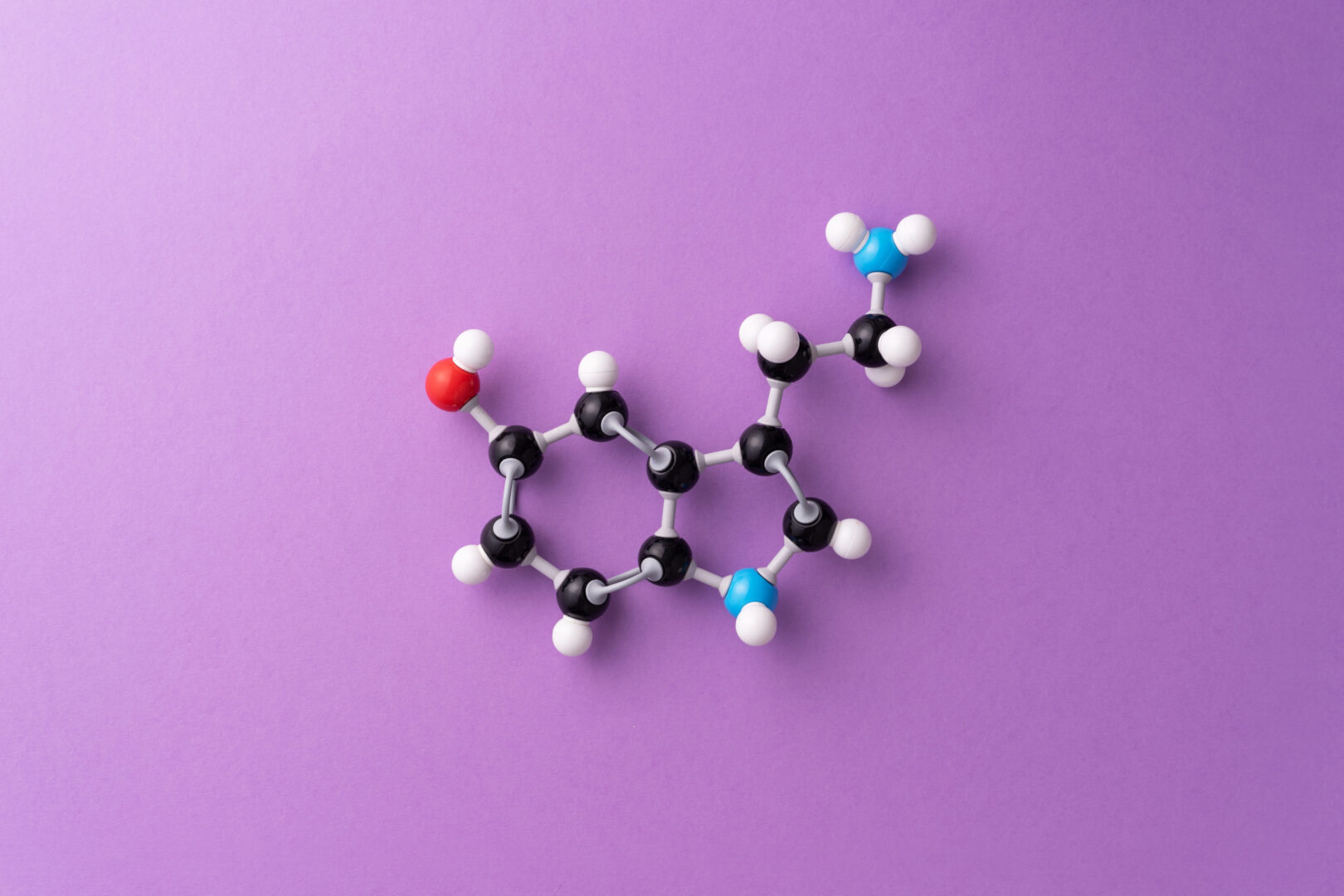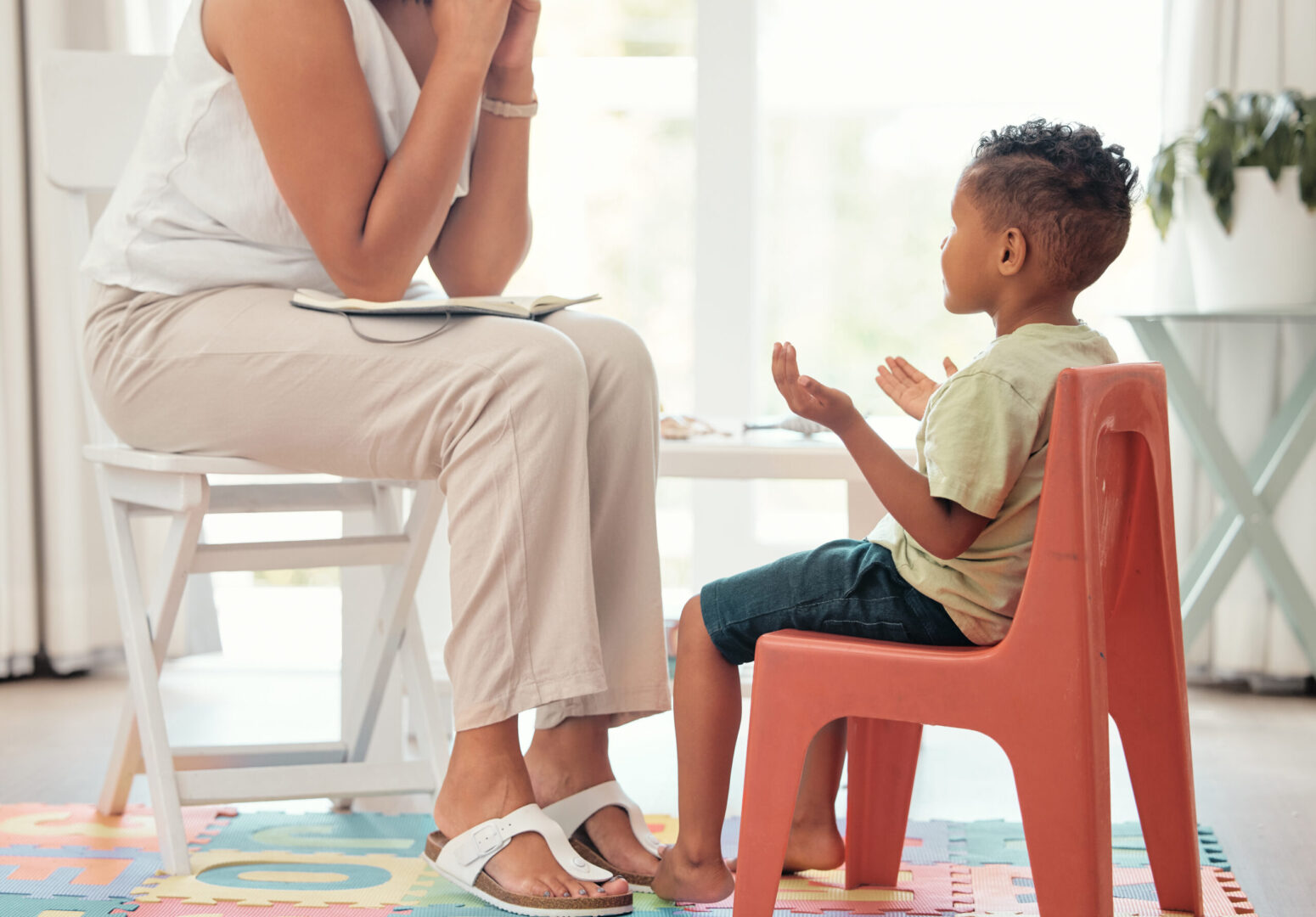Learning objectives
- Definition of nephrotic syndrome
- Management of nephrotic syndrome
Definition and mechanisms
- Nephrotic syndrome is a collection of symptoms due to kidney damage including protein in the urine, low blood albumin levels, high blood lipids, and edema
- Characterized by glomerular injury
- Can be primary, being a disease specific to the kidneys, or secondary to a systemic condition
- Primary causes:
- Minimal-change disease (nephropathy)
- Focal segmental glomerulosclerosis
- Membranous glomerulonephritis
- Membranoproliferative glomerulonephritis
- Hereditary nephropathies
- Secondary causes:
- Diabetes mellitus
- Systemic lupus erythematosus
- Sarcoidosis
- Amyloidosis and paraproteinemias
- Viral infections (e.g. hepatitis B, hepatitis C, HIV)
- Pre-eclampsia
- Sjögren’s syndrome
- Multiple myeloma
- Vasculitis
- Cancer
- Medications: penicillin, captopril
- A defect in the glomerular barrier leads to an increased glomerular permeability resulting in proteinuria/albuminuria
- Leading to a decrease in plasma oncotic pressure, retention of sodium and water, peripheral edema, ascites, pleural effusions, and hypovolemia
- Most cases spontaneously remit without treatment, hypertension occurs commonly, and renal failure is rare
- Patients may develop renal failure as well as secondary complications including arterial and venous thromboembolism and infection
Signs and symptoms
- Proteinuria (>3 g/24 h) and foamy urine
- Hypoalbuminemia (< 3.5 g/dl)
- Hypercholesterolemia and hyperlipidemia
- Thromboembolic episodes
- Puffy eyelids and swelling in the legs, ankles, feet, or lower abdomen
- Weight gain
- Fatigue
- Loss of appetite
Risk factors
- Nephrotoxic medication
- Diabetes mellitus
- Systemic lupus erythematosus
- Amyloidosis
- Reflux nephropathy
- Infections: HIV, hepatitis B, hepatitis C, malaria
Complications
- Arterial and venous thrombosis
- Infections
- Hypertension
- High blood cholesterol and elevated blood triglycerides
- Acute kidney injury
- Chronic kidney disease
- Pulmonary edema
- Hypothyroidism
- Vitamin D deficiency
- Hypocalcemia
- Microcytic hypochromic anemia
- Protein malnutrition
- Growth retardation
- Cushing’s syndrome
Diagnosis
- Urine dipstick test to check for albuminuria
- 24-hour urine collection
- Urine albumin-to-creatinine ratio
- Blood tests: serum albumin level, creatinine concentrations
- Kidney ultrasound
- Kidney biopsy
Treatment
- Diuretics
- ACE inhibitors and angiotensin-receptor blockers are used alone or in combination
- Prednisolone
- Cyclophosphamide
- Mycophenolate
- Cyclosporin
- Low salt diet and limited fluid intake
- Specific treatment depending on etiology:
- Statins to lower cholesterol
- Glucocorticosteroids for minimal-change nephropathy
- Prednisone and cyclophosphamide are useful in some forms of lupus nephritis
- Secondary amyloidosis with nephrotic syndrome may respond to anti-inflammatory treatment of the primary disease
Management

Suggested reading
- Pollard BJ, Kitchen, G. Handbook of Clinical Anaesthesia. Fourth Edition. CRC Press. 2018. 978-1-4987-6289-2.
- Vishnu D, Tempe D, Arora K, Virmani S, Chander J, Agarwal S.(2012). Anesthetic management of a child with nephrotic syndrome undergoing open heart surgery: Report of a rare case. Annals of cardiac anaesthesia. 15. 305-8.
We would love to hear from you. If you should detect any errors, email us [email protected]








